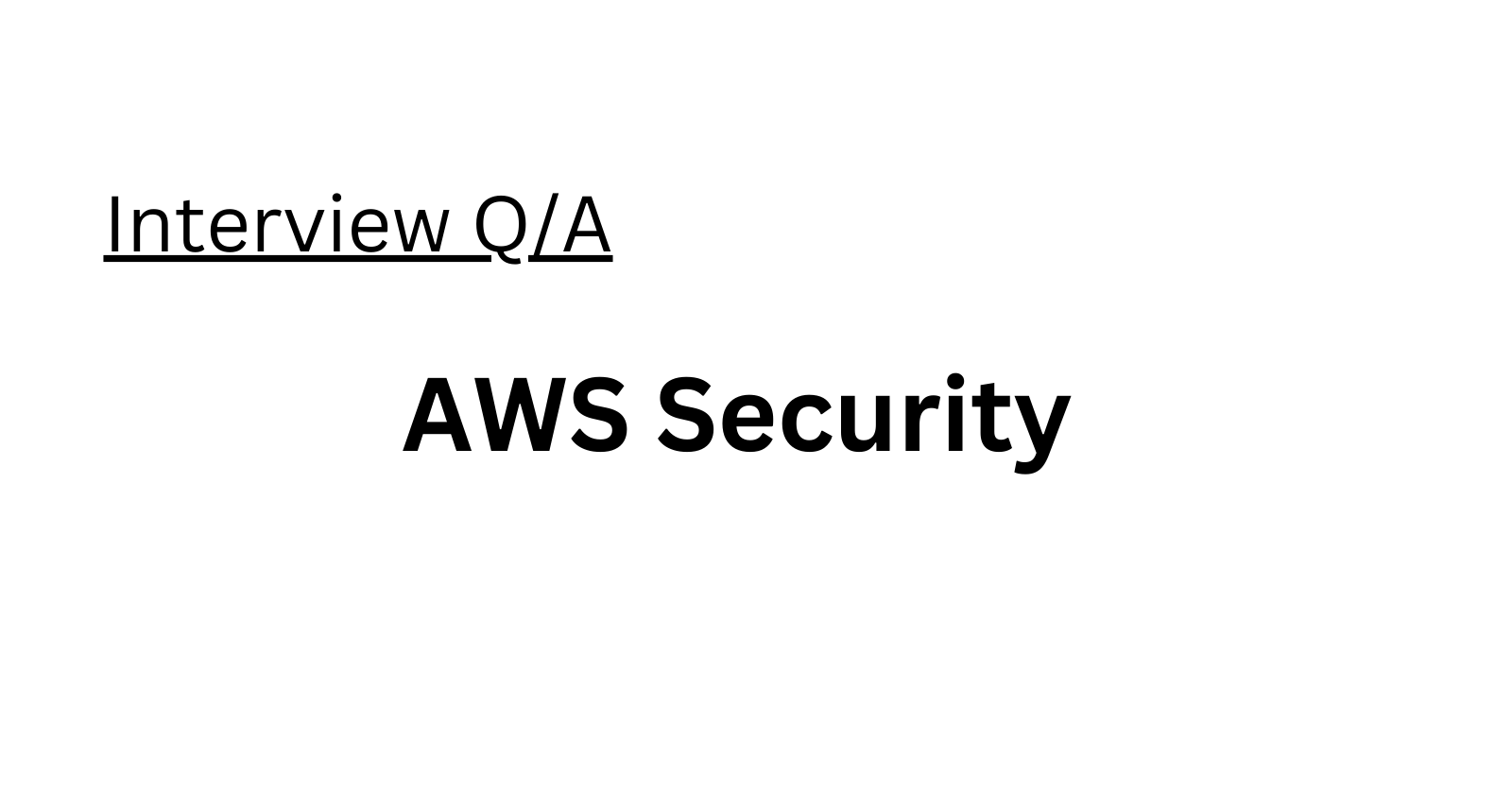AWS Security Essentials
 Amrutha D
Amrutha D
In today's digital landscape, data security and access control are paramount, especially as businesses increasingly shift their operations to the cloud. Amazon Web Services (AWS) offers a robust solution to address these concerns: AWS Identity and Access Management (IAM). IAM provides organizations with the tools to manage user identities and control access to AWS resources, thereby ensuring data security and user access management. In this article, we will delve into the core features of AWS IAM, best practices for its implementation, and how it significantly enhances the security posture of organizations operating in the AWS cloud environment.
Understanding AWS Identity and Access Management (IAM)
AWS IAM is a comprehensive and flexible service provided by Amazon Web Services that empowers organizations to manage user identities and control access to their AWS resources. It enables organizations to create and enforce fine-grained access policies, ensuring that only authorized individuals and systems have access to the resources they require.
IAM offers several key components:
Users: IAM allows organizations to create and manage individual user accounts, each with a unique set of security credentials. These accounts can be associated with specific permissions and policies, controlling their actions within the AWS environment.
Groups: Users can be organized into logical groups based on common access requirements. This approach simplifies access control management by assigning permissions to groups and streamlining user management processes.
Roles: IAM introduces roles, which define permissions that users or AWS services can assume. Roles enable organizations to implement the principle of least privilege, granting only the necessary permissions for a specific task.
Policies: IAM policies are JSON documents that define permissions and access controls for users, groups, and roles. They enable granular control over permissions.
Multi-Factor Authentication (MFA):
IAM supports MFA, adding a layer of security by requiring a second factor of authentication.
Integration with AWS Services:
IAM seamlessly integrates with other AWS services, ensuring consistent security policies and permissions across the AWS infrastructure.
Logging and Monitoring:
IAM integrates with AWS CloudTrail, providing comprehensive audit trails of API activity.
Key Features and Benefits of IAM:
IAM offers a range of features that enhance security and manageability:
Centralized Access Control: IAM provides centralized control over access to AWS services and resources across an organization.
Fine-Grained Permissions: IAM allows organizations to specify granular permissions, adhering to the principle of least privilege.
Multi-Factor Authentication (MFA): MFA adds an extra layer of security to user sign-ins and API requests.
Identity Federation: IAM enables identity federation with external identity providers, simplifying user identity management.
Security Token Service (STS): STS provides temporary security credentials, reducing the risk of compromise.
Audit and Compliance: IAM integrates with AWS CloudTrail for monitoring and compliance purposes.
Best Practices for IAM:
To maximize security, organizations should implement these best practices:
Follow the Principle of Least Privilege.
Use IAM Roles for EC2 Instances.
Enable Multi-Factor Authentication (MFA).
Regularly Rotate Access Keys.
Use IAM Policies for Granular Access Control.
Monitor and Audit IAM Activities.
Implement Separation of Duties.
Regularly Review IAM Configurations.
Utilize IAM Access Advisor.
Stay Up-to-Date with AWS Security Best Practices.
By adhering to these practices, organizations can significantly enhance the security of their AWS environment, reduce the risk of unauthorized access, and maintain a strong security posture.
Enhancing Security with IAM in AWS
AWS IAM plays a vital role in bolstering the security posture of organizations in the AWS cloud environment. It does so in several ways:
Fine-Grained Access Control: IAM enables organizations to define granular access policies, reducing the risk of unauthorized access and data breaches.
Role-Based Access Control (RBAC): IAM roles limit access to only the required actions and resources, reducing the attack surface and minimizing the risk of compromise.
Centralized User Management: IAM simplifies user management, ensuring consistent security practices and reducing the risk of misconfigurations or human error.
Multi-Factor Authentication (MFA): MFA adds an extra layer of security, especially for privileged accounts.
Secure Access to AWS Resources: IAM allows organizations to define and enforce access controls and permissions, preventing unauthorized modifications or data breaches.
Auditing and Compliance: IAM logs user actions, facilitating compliance, security investigations, and threat identification.
Separation of Duties: IAM enables the segregation of duties, mitigating insider threats and enhancing accountability.
By leveraging the capabilities of AWS IAM, organizations can significantly enhance their security posture in the AWS cloud environment. IAM provides granular access control, role-based access management, centralized user management, MFA, secure resource access, auditing, and compliance features. Implementing IAM best practices further ensures a secure and compliant AWS infrastructure.
Conclusion
AWS Identity and Access Management (IAM) is a cornerstone of AWS security, empowering organizations to enforce fine-grained access controls and centralize access management. Understanding IAM's key concepts, features, and best practices is crucial for organizations to effectively manage user access, safeguard data privacy, and prevent unauthorized access to their valuable cloud resources. In today's digital landscape, AWS IAM is an indispensable tool for securing AWS resources and ensuring the integrity of your organization's operations in the cloud.
Subscribe to my newsletter
Read articles from Amrutha D directly inside your inbox. Subscribe to the newsletter, and don't miss out.
Written by

Amrutha D
Amrutha D
Gen AI Video Creator | Gen AIOps | AIOps Cloud DevOps Engineer | Let's Connect & share Technical knowledge & grow together in Technologies Everyday..